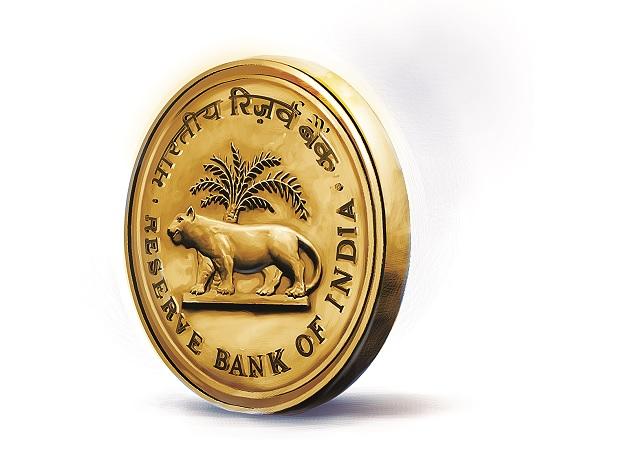In line with market expectations, the monetary policy committee (MPC) decided to reduce the benchmark repo rate by 25 basis points last week, to 6 per cent (Chart 1).
The nudge came from low levels of consumer price index (CPI) inflation, which remained below expectations. Though the core CPI inflation rate dropped but remained high at 5.3 per cent in February, headline CPI inflation remained low—rising a bit—to 2.6 per cent (Chart 2).
The MPC expects low levels of inflation to continue for a long period. It revised projections downward to 2.9-3.0 per cent in H1 FY20 and 3.5-3.8 per cent in H2 FY20.
Expected growth in FY20 was subsequently revised downward from the initial expectation of 7.4 per cent to 7.2 per cent (Chart 3). Many high frequency indicators “suggest significant moderation in activity”, the MPC noted.
It is evident in the sustained contraction in auto production (Chart 4).
Households too are expecting inflation to subside, with the three-month-ahead and the one-year-ahead expectations declining by 40 basis points (Chart 5).
Oil showed a different picture, with the MPC underlining the rise in global crude oil prices, which rose 10 per cent since the last policy announcement in February (Chart 6).
Yet, some macro indicators remained in the positive, with the investment rate rising to 33.1 per cent of GDP in Q3 FY19 from 31.8 per cent of GDP in Q3 FY18. This was supported by “the government’s thrust on the road sector and affordable housing,” the MPC said. Capacity utilisation in industry rose to its highest in the last six years (Chart 7).
Published On : 08-04-2019
Source : Business-Standard

